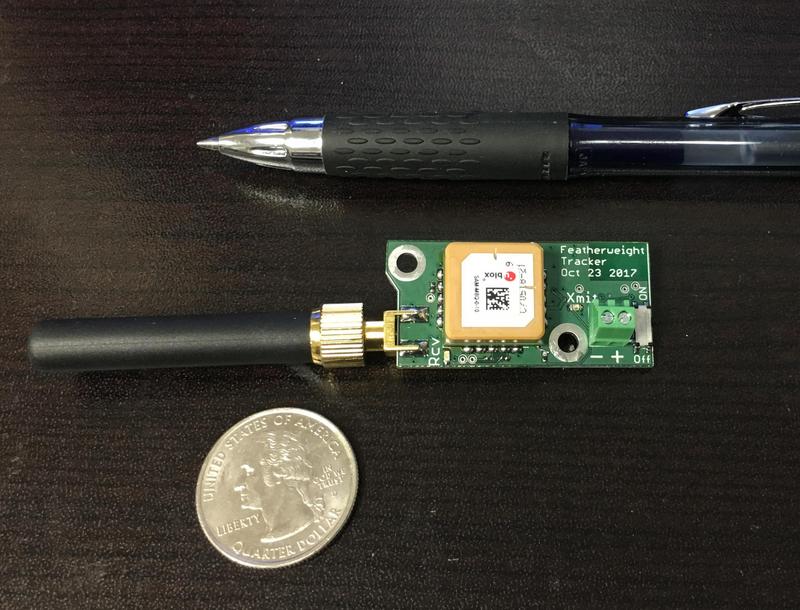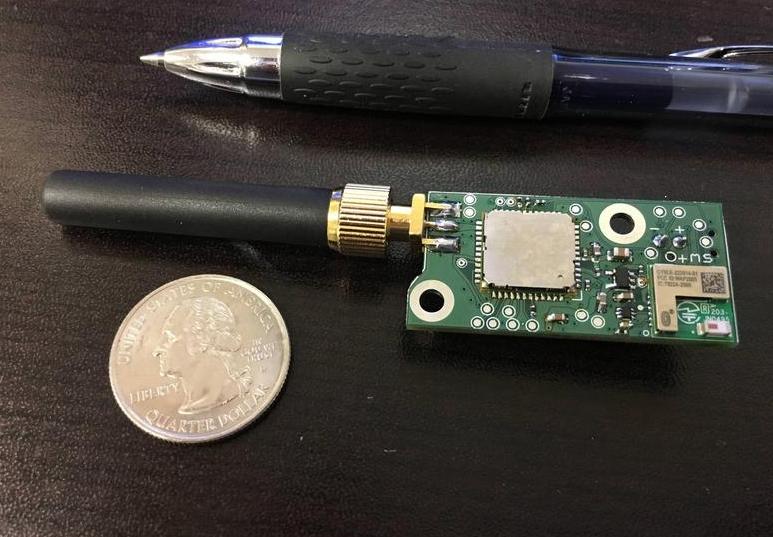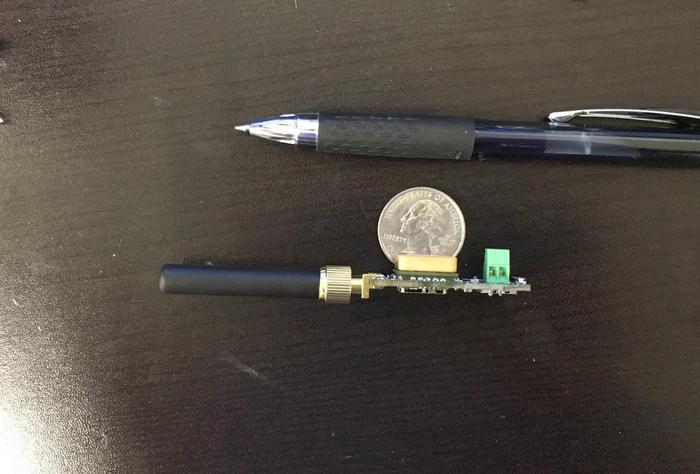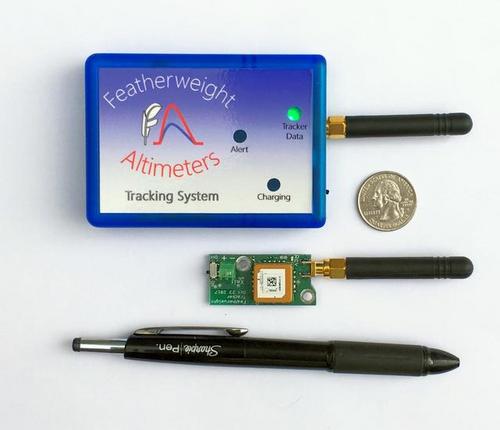I thought it was stated 137,000 feet with > 90% position recovery of positions at the receiver. Correct me if I miss stated.
Pretty impressive opening test if you ask me. Kurt
Pretty impressive opening test if you ask me. Kurt

I thought it was stated 137,000 feet with > 90% position recovery of positions at the receiver. Correct me if I miss stated.
Pretty impressive opening test if you ask me. Kurt
Impressive numbers.
Is it possible to operate two ground stations receiving data from the same rocket? I do this with my Eggfinders, I have an EF RX back at my camp logging real-time data on my computer, and then the handheld unit on me to track the flight and navigate to the rocket. I realize this unit will do its own logging, but I'd prefer to have recording on the ground also in case it gets lost or crashes.
That is correct - and that with only a ~2" antenna on both the transmitter and receiver...
I find with B/T pairing of another product's ground station, it helps if one device is paired to the tablet/phone and then walk away with the second B/T receiver with its device and pair out of B/T range on that pair. I had a bear of a time trying to get two ground
stations to work otherwise. The second tablet seemed to be seeing the first paired set and trying to mess with that. I was using two ground stations to test two different terminal tracking programs. Might be just particular to the product I was using but
keep this characteristic in the back of one's mind.
Always ground test and practice with a system (no matter what you use) ad nauseum before going out to fly it. Will save you a lot of grief. Kurt
The easier this becomes, the more folks might consider larger motors to tickle the waivers at whatever venue they fly.
LoRa technology is certainly interesting. You can have more than 1 user on the same frequency with different spreading factors and they don't interfere with each other. And it looks like they are building a network using this technology (LoRa Alliance). Hopefully that won't mess things up for your tracker product.
LoRa technology is certainly interesting. You can have more than 1 user on the same frequency with different spreading factors and they don't interfere with each other. And it looks like they are building a network using this technology (LoRa Alliance). Hopefully that won't mess things up for your tracker product.



Awesome. It looks like for onboard data logging, you'd need a separate OpenLog or similar..? Does the u-blox have recording space you can use?
That'll do!There’s 96 kB of built-in non-volatile storage for data logging on the board. Not all of the software for the logging functionality has been written yet, but we’ve gotten far enough along to know that the hardware will support it.
I cant wait. This is really promising. I am especially glad to see it will work with iOS.
I can’t wait. This is really promising. I am especially glad to see it will work with iOS.
Me too! CC waiting for it to come up for sale.
Any expected price yet and if I missed it is that an RP SMA connector or SMA? Kurt
Thanks.
It's SMA.
I'm getting close to setting a price but it will depend on the electronic assembly cost, which I will find out after I send them the released engineering data. There's a little more testing we need to do before that happens.
Sounds like a great system. Any chance it will be out in time for Christmas?
Beautiful work! I want!What should be the last prototype before production:
Top:

Dang, I soldered the antenna on a little crooked. (These prototypes, unlike the production units, are hand-assembled)
Bottom:

Edge:

By popular request, the mounting holes have round-number locations. Both of them are 0.25" from the centerline vertically and 1.00" apart horizontally.
I should have pictures of an assembled ground station next week.
Just in time so I can integrate it into the 38mm Mongoose and maybe the sustainer of the Nike Apache if I end up with one of those. Any teaser on pricing?
Tony

$130 per tracker.
A tracker can be used at either end of the link. An optional ground station enclosure that includes a large battery, battery charger and external switch will go for $40. More photos and info soon.
I just placed an order for a small production run, with an expected delivery time in time for Christmas. I’m tempted to open it up for pre-orders but my better judgement says to wait until they are ready to ship. I should have a new and improved Featherweight Altimeters website up tomorrow with more information.
Enter your email address to join: